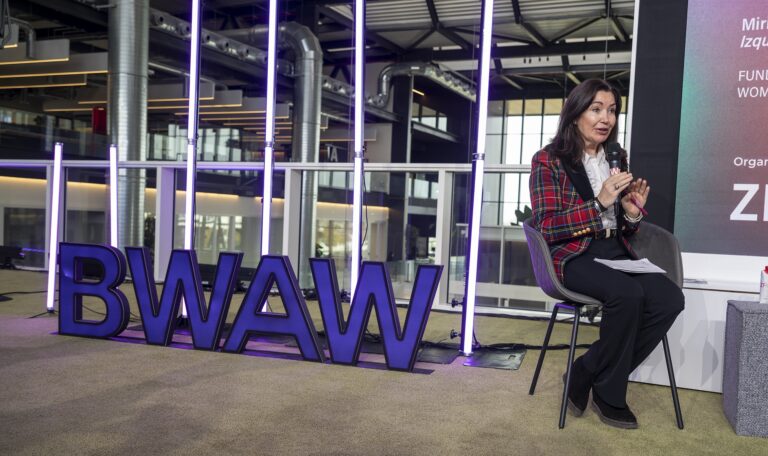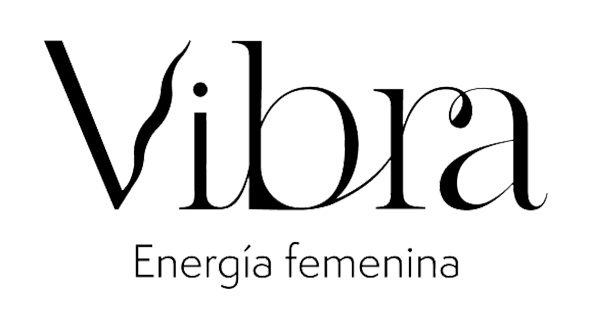Gender equity fosters scientific innovation

11 de February de 2025
Gender equality is a driver of innovation and growth in science and in companies with a scientific profile, from biotechnology startups to large technology corporations. More diversity brings more perspectives, leading to innovative solutions and, in many cases, more profitable products.
A study by the US National Academy of Sciences concluded in 2019 that scientific teams with greater gender equality produce publications with greater impact. Research from these groups is 9.1% more likely to provide original ideas and 14.6% more likely to be among the top 5% of most cited studies.
The benefits of diversity are not limited to science. In 2015, McKinsey’s Why Diversity Matters report found that companies with balanced gender and ethnic representation are 35% more likely to outperform their industry’s average financial performance.
So gender equality not only makes teams more creative, but also more competitive. In the case of technology- and science-based companies, this translates into more innovative research and more profitable developments.
To better understand these positive dynamics, it is enough to look at Big Science: the great scientific projects. These large-scale infrastructures manage millionaire investments and work with highly efficient human teams. And this is where gender diversity is decisive: it improves work dynamics, encourages creativity and optimises decision-making, three key factors in environments where scientific excellence is a priority.
XFEL (European X-ray Free Electron Laser) and CERN (European Organization for Nuclear Research) are two good examples of Big Science committed to gender equality.
XFEL:
- Active policies for gender equity in the recruitment and professional development of women scientists and engineers.
- Mentoring and training programs for women in STEM, with a focus on leadership.
- European initiatives such as WISE to increase the presence of women in key projects.
CERN:
- Gender equality plan with clear goals.
- Diversity and inclusion program: hiring women in technical areas and pay equity.
- Professional Development Program: Boosting the careers of women in particle physics.
When there is more gender equality, science advances faster and companies grow stronger. Whoever wants to lead the future must prioritize diversity from today.



